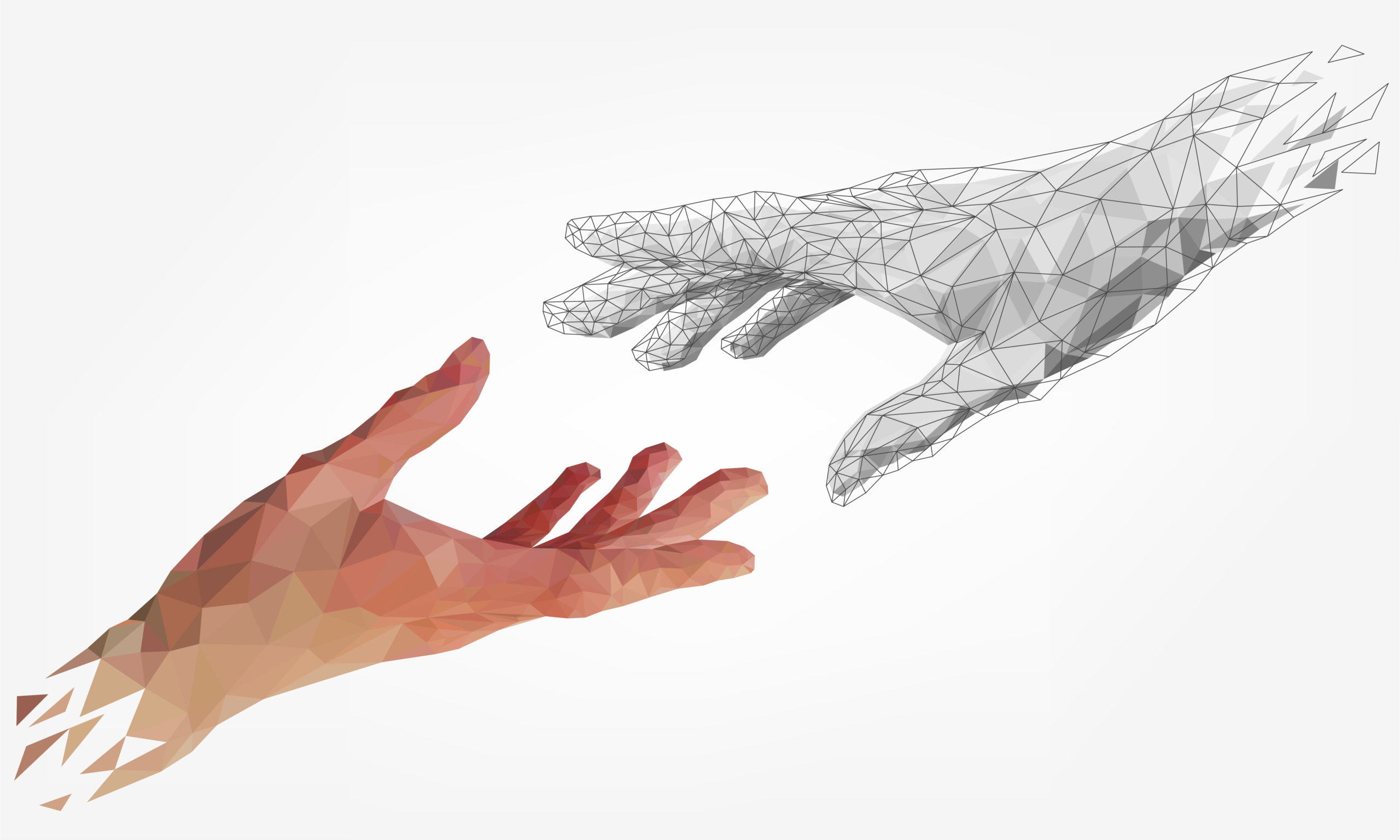
Extended Reality (XR), the term that covers all types of computer-altered reality - Virtual Reality (VR), Mixed Reality (MR) and Augmented Reality (AR), is expected to grow from $42.55 billion in 2020 to $333.16 billion by 2025. It offers new and immersive education not only for students, but also for professionals.
XR technology in education offers a more interactive, advanced, and fun learning environment. In this digital age, advances in technology are more prevalent and accessible. A high-tech teaching method will prepare students to be competitive in this tech-savvy world.
Here are some ways how XR technology can make a big impact on education.
Extended reality allows students to experience new ways of learning and exceeds any limit by mirroring real-life situations. It is more interactive so students can better retain what they just learned.
For example, using certain apps, students can now dissect a frog without actually harming one. Learning human anatomy, traveling to the moon, or historic places can now be extensively learned and explored.
Now that schools are implementing either hybrid, blended or full-on remote learning, student-teacher interaction can be enhanced with the use of XR technology. No matter the distance, both students and teachers get the same interactive and hands-on experience.
XR technology also boosts student engagement, interaction, and teamwork. They tend to be more confident to learn in an environment with no consequences, hence they don’t hold back from trying and learning from their mistakes.
Hybrid learning is a mix of face-to-face and online instruction. It offers teachers and students more flexibility in schedule, teaching modes, and collaboration. By using immersive virtual reality, it allows the teacher, in-class students and remote students feel as if they are in the same place.
Here are some examples of XR technology applications in hybrid learning:
Industries like aviation, military or medical have expensive training. With Augmented Reality, those expenses can be reduced and can make training more interactive. The equipment used is reusable and will take over the cost of more expensive seminars or classes.
Risks are also reduced in AR training. For instance, medical students can practice surgery on virtual patients in an almost “real life” setting without the risk of putting actual people in danger. Quizzes are also provided to help them evaluate their learning.
Here are other examples of application of AR in training:
VEDX Solutions provides VR solutions in education and training. Teachers and students experience improved participation and motivation through a dynamic virtual classroom. We offer personalized consultation and customized solutions, all focused on customer satisfaction.
For more information, call 1-971-358-9588 or send us an email.
Created By Euphoria XR | Privacy Policy | Sitemap| Contact Us